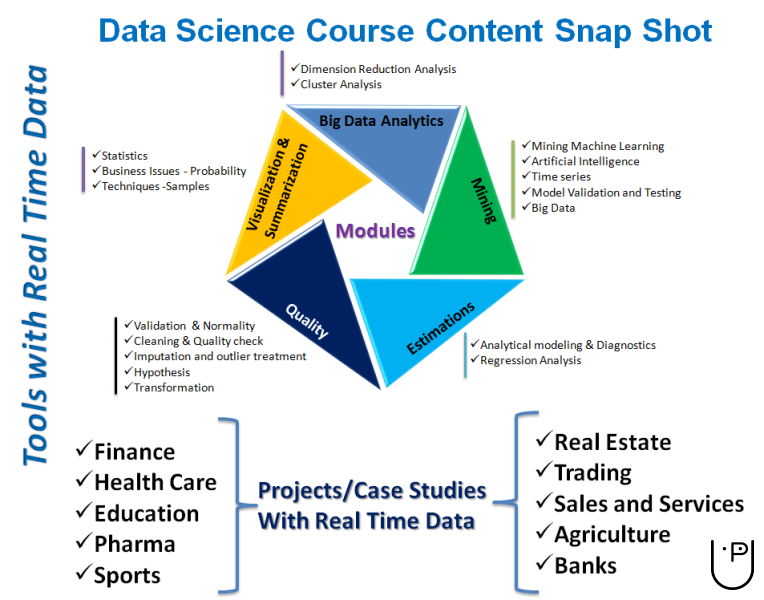
On a basic level, the data transformation process converts raw data into a usable format by removing duplicates, converting data types and enriching the dataset. Structural, which includes columns being renamed, moved and combined.Aesthetic, where certain values are standardized, or.Destructive, where records and fields are deleted.Constructive, where data is added, copied or replicated.The process of data transformation can be: Transformation is an essential step in many processes, such as data integration, migration, warehousing and wrangling. The process of data transformation can be handled manually, automated or a combination of both. Instead, they use a transformation process that converts the data as the raw data is uploaded, a process called extract, load, and transform. Cloud based organizations, with this huge scalability available, can skip the ETL process.

Organizations today mostly use cloud-based data warehouses because they can scale their computing and storage resources in seconds. First, organizations with on-site data storage use an extract, transform, load, with the data transformation taking place during the middle ‘transform’ step.

This can occur at two places of the data pipeline.



 0 kommentar(er)
0 kommentar(er)
